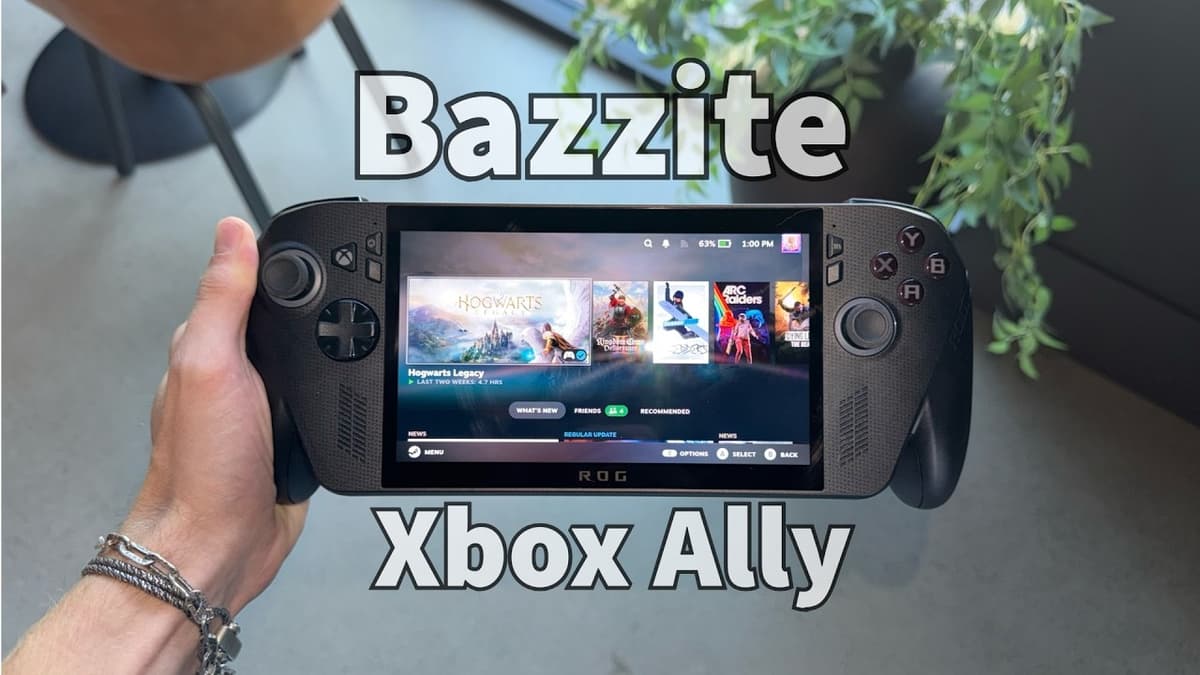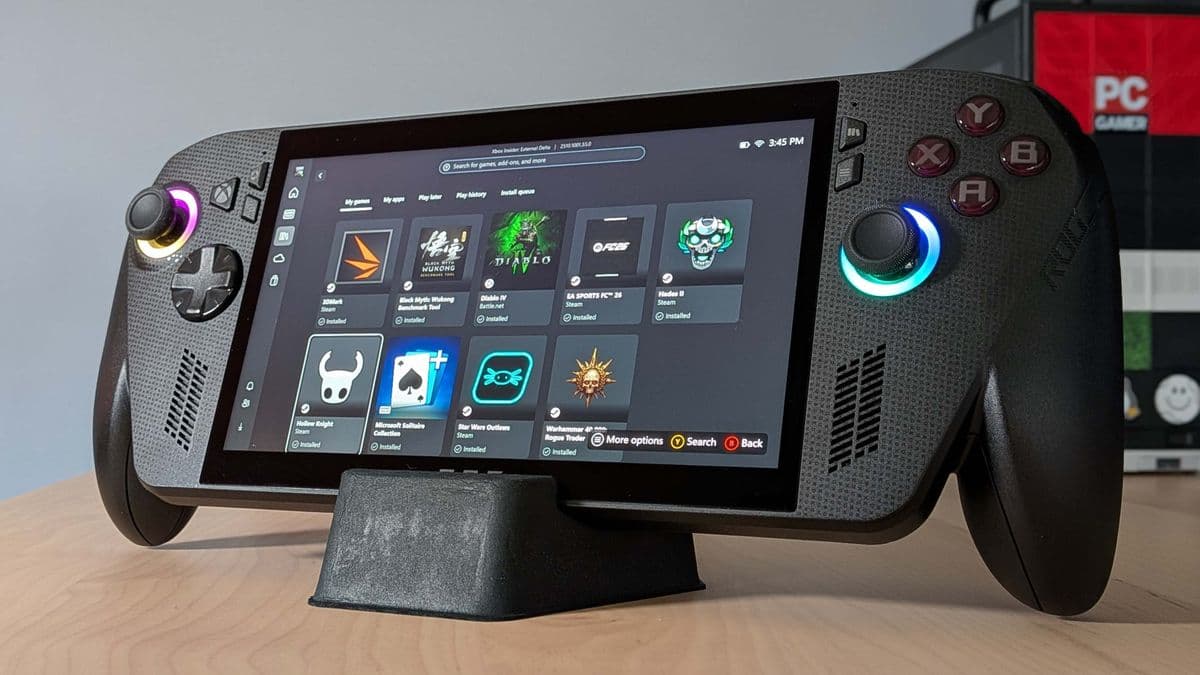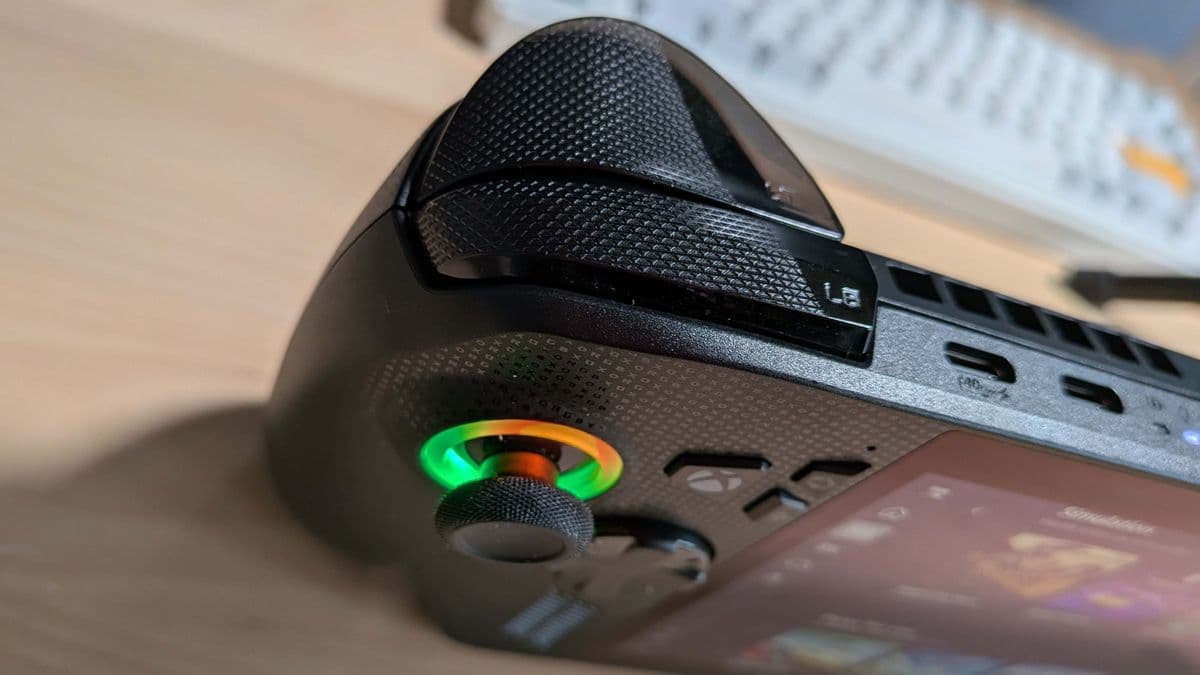
This caught my attention because it flips the script: a handheld co-branded with Xbox reportedly runs better on Linux than on Windows. YouTuber Cyber Dophamine has been testing Bazzite-a SteamOS-style Linux distro-on the Asus “Xbox” Ally X and reports faster sleep/wake, higher and more stable frame rates in games like Kingdom Come Deliverance 2 and Hogwarts Legacy, plus saner fan behavior. If you’ve lived through Windows-on-handheld pain (random pop-ups, janky drivers, uneven frame pacing), this hits home.
On paper, the Ally X has the muscle—Ryzen-based APU, RDNA graphics, 1080p 120 Hz panel. In practice, Windows 11 keeps stepping on the gas pedal. Bazzite strips out background overhead and leans on Valve’s Proton stack, which has quietly become a monster for running Windows games on Linux. The result? More frames and steadier frame-time graphs, which is what your eyes and thumbs actually feel.
Cyber Dophamine’s tests line up with what we’ve seen on other Windows handhelds when they jump to a SteamOS-like environment: Hogwarts Legacy stops hitching in busy hubs, and Kingdom Come Deliverance 2 hits higher averages and fewer 1% low drops. It’s not just “+10 FPS,” it’s fewer stutters during camera pans and combat—exactly where Windows handhelds tend to buckle.
None of this is magic. Linux has a lighter footprint, Bazzite focuses on handheld UX, and Proton has matured to the point where many big-budget games “just work.” Valve did the legwork for Steam Deck; Bazzite rides that wave on more powerful hardware.

Here’s the catch. Proton is excellent but not infallible. Some anti-cheat combos, launchers, and niche DRM can still be fussy. If your library leans heavily on Xbox PC Game Pass, you’ll lose native access on Bazzite. Cloud streaming via browser is a decent stopgap, but it’s not a full replacement for native installs.
The good news: Bazzite supports dual-boot. You can keep Windows around for the few problem children and use Linux for everything else. It’s free, the install process is getting friendlier, and you can image an SD or external drive first if you want a no-risk test run.

And yes, it’s ironic. On a device carrying Xbox branding, the most “Xbox-like” experience—fast suspend, consistent performance, controller-first UI—comes from Linux. If anything, it underscores how much handhelds benefit from an OS built for gaming first, not desktop legacy baggage.
Steam Deck remains the king of plug-and-play. It nails the out-of-box experience, has a massive community, and Valve’s updates are relentless. But the Ally X running Bazzite changes the calculus. With a stronger APU and a 1080p/120 Hz screen, it can brute-force past the Deck when the OS isn’t holding it back. The Linux layer erases a lot of Windows’ quirks, and suddenly the hardware finally flexes.

Battery life? Early signs suggest longer sessions on Bazzite than Windows at the same TDP, though Deck OLED will likely remain efficiency champ at 800p in lighter titles. Still, if you care about higher frame targets and cleaner frame times, the Ally X on Bazzite looks like the new enthusiast benchmark.
Bazzite turns the Ally X into the handheld it always wanted to be: faster, quieter, and more console-like than Windows allows. You’ll give up native Game Pass and accept some tinkering, but dual-boot makes it a smart compromise. For performance-focused handheld gamers, Linux on the Ally X isn’t just a hack—it’s the move.
Get access to exclusive strategies, hidden tips, and pro-level insights that we don't share publicly.
Ultimate Gaming Strategy Guide + Weekly Pro Tips